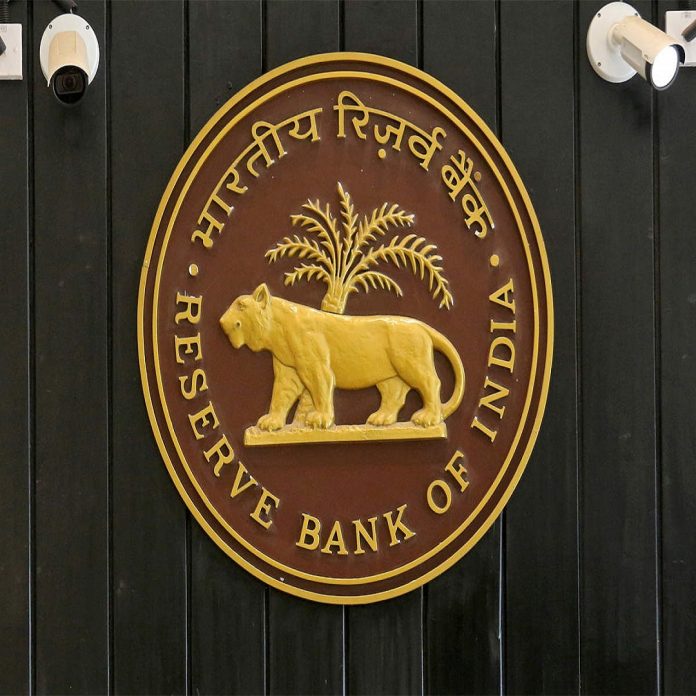New Reserve Bank Locker Guidelines: Under the Reserve Bank’s new rules, banks will be liable for up to 100 times their yearly rent in the event of fire, theft, building collapse, or fraud on the part of bank staff.
New Locker Rules Introduced by the RBI, New Delhi: If you keep your valuables and vital items in a bank locker, pay attention to this news. The Reserve Bank of India (RBI) has altered the regulations governing lockers. Customers that utilise lockers will be affected directly by these changes. The RBI’s new guidelines will take effect on January 1, 2022, the following year. Let us explain what these new restrictions are and how they will affect you.
1. The banks’ responsibilities shall be established.
According to the RBI’s new recommendations, banks must have a policy agreed by their board of directors under which they might be held liable for products left in lockers owing to negligence. According to the guidelines, in the event of a natural calamity or ‘Act of God,’ such as an earthquake, flood, lightning, storm, or storm, the bank will not be liable for any losses.
2. If there is a theft or fraud, the bank will compensate you.
However, this does not absolve the bank of its responsibility. Banks will need to make sufficient preparations to protect their facilities from such disasters. Apart from that, the bank would be solely responsible for the security of the locations where safe deposit lockers are located. According to the Reserve Bank’s new rules, banks’ liability will be limited to 100 times their yearly rent in the event of fire, theft, building collapse, or fraud on the part of bank personnel.
3. If payment is not made, the locker can be opened.
If the customer has not paid the locker rent for three years in a row, the bank might take action and unlock any locker according to the proper procedures.
4. Illegal goods are not allowed to be stored.
Not only that, but under the Reserve Bank’s new standards, banks must add a condition in the locker agreement that prohibits the locker rental customer from keeping any unlawful or dangerous materials in the locker.
5. The number of people on the waiting list will be revealed.
Customers will be required to get SMS and email (e-mail) notifications of locker operations under the Reserve Bank’s new standards. All applications for locker allocation must be accompanied by a receipt from the bank. If the locker is not available, the banks must inform the customers of the number on the waiting list. The bank’s waiting list and branch-level locker allocation information will be linked to the Core Banking System (CBS) or any other computerised system that complies with the cybersecurity framework.
6. These consumers will have access to the facilities as well.
As per the new guidelines, existing bank customers who have applied for lockers and are completely compliant with CDD (Customer Due Diligence) guidelines may be granted the Safe Deposit Locker/Safe Custody Article capability. Customers who do not have any other banking relationship with the bank may be provided the Safe Deposit Locker / Safe Custody Article facility under the new rule.
7. New Locker Shifting Regulations
Only after alerting the customer will banks be able to move the locker from one location to another. Locker rent can be paid with a term deposit. To protect the strong room/vault, the bank will need to take appropriate measures. It will be necessary to store entry and exit CCTV footage for at least 180 days.



